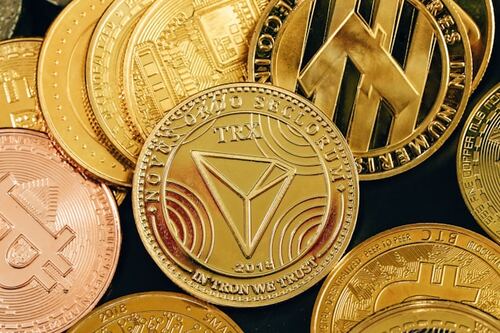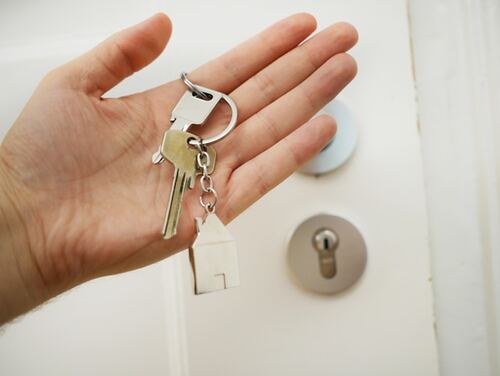Have you ever dreamed of holding a piece of history in your palm? Owning an ancient Roman coin can be a thrilling way to connect with the past. But with so many fakes circulating, how can you be sure you’re getting the real deal, especially as a new collector? Fear not! Here are some valuable tips to help you navigate the exciting world of ancient Roman coinage.
Buy from Reputable Sources: Trust is Paramount
When it comes to buying ancient Roman coins, trust is everything. Avoid flea markets, online auction sites with questionable reputations, and unknown sellers. Coins Auctioned – ancient Roman coins or other reputable dealer have a proven track record and a commitment to providing their customers with genuine historical artifacts. Look for companies that offer a certificate of authenticity (COA) with each, guaranteeing its genuineness.
Remember: Building a relationship with a reputable dealer is an investment in your collection. A good dealer will happily answer your questions, provide guidance, and ensure you’re making informed purchases.
Know Your Coins: Research is Key
Unlike modern coins, ancient Roman coins tell a story. Each features an image of the emperor on one side and a symbol or deity on the other, often offering clues about its date and purpose. Familiarise yourself with the different types of Roman coins, such as the Denarius, the Aureus, and the Sestertius. Research the emperors depicted and the historical events commemorated on them. A reputable online auction platform offers excellent beginning resources, including detailed descriptions and historical context for many of their listed ones.
Remember: The more you know about the specific one you’re interested in, the easier it will be to identify a fake.
Inspect the Metal: Look for Signs of Age
Genuine Roman coins were made from gold, silver, and bronze. Fakes, however, often use cheaper materials that mimic the natural look but lack the weight and texture. Absolute will have a satisfying weight for their size. Examine the metal closely. Does it have a natural patina, a beautiful, often iridescent layer that develops over time? Fakes may have an artificial patina that looks unnatural or freshly applied.
Tip: A reputable dealer will allow you to examine them closely with a magnifying glass.
Scrutinise the Details: Sharpness Matters
The manufacturing process for ancient Roman coins involved hammering a metal blank between two dies. This process created sharp, well-defined details on the surface. Look at the lettering and imagery on them.
Fakes often have soft details that lack the sharpness of a genuine one. Examine the legends (inscriptions) around the emperor’s portrait. Are the letters well-formed and evenly spaced, or do they look sloppy or misshapen?
Remember: A genuine ancient coin may have wear and tear, but the details should still be clear and defined.
4. Beware of Unrealistic Perfection: Imperfections are Real
Ancient were not mass-produced in sterile factories. They were handcrafted, and imperfections are a natural part of their history. Look for minor surface irregularities, nicks, or scratches. These imperfections can add to their authenticity. Fakes, conversely, may appear suspiciously perfect, with an almost machine-made quality. Be wary of them that look too good to be true.
Tip: If unsure about a particular imperfection, consult a professional numismatist for a second opinion.
By following these tips and researching, you can confidently embark on your journey as a collector of ancient Roman coins. Coins Auctioned – ancient Roman coins or other online companies bridge the gap between modern collectors and the echoes of a grand empire. With them, you’ll be well on your way to building a collection you can treasure for years. Remember, the thrill of owning a genuine piece of history far outweighs the risk of acquiring a fake.



